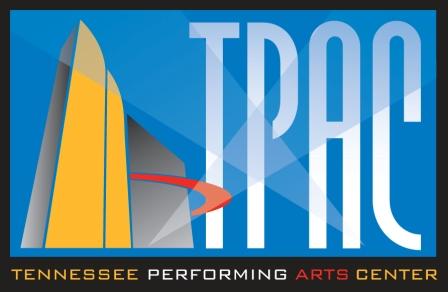Know Your Audience
Part 2 of Arts & Inclusion, A Guide for Expanding Access to the Arts for Persons with Disabilities.
From William Coleman, CDE, Former Director of Arts Access –
A little knowledge about the nature of the challenges that come with different disabilities can be the difference between a warm welcome or a regretful, “I’ll never go there again!” experience. Information in this section is especially important for docents, ushers and volunteers who greet and direct the public.
This list is by no means complete. To ensure positive arts experiences for persons with disabilities not listed here, please reach out to a local contact with whom you can work directly.
Blindness or Low Vision
When meeting a person who is blind or has low vision, identify yourself, introduce others who may be present, and provide some orientation to the facility. This includes describing the stage, artwork, costuming – anything that requires visual recognition.
Do not leave the person without excusing yourself verbally.
Exits and entrances on stage should be described, including all non-verbal communication.
When asked to guide someone, never push or pull the person. Offer your arm and allow him or her to reach for you, and then walk slightly ahead. Describe key elements in the physical environment as you guide the person. For example, point out doors, stairs, and curbs as you approach. When guiding a person into a room, describe the layout, the location of furniture, and note any nearby people.
Do not pet or distract a guide dog. The dog is responsible for its owner’s safety and is always working. It is not a pet.

The Tennessee Performing Arts Center in Nashville offers a wide variety of services for people with limited mobility, including early entrance into the theaters; use of a TPAC wheelchair; meeting patrons on the curb to provide assistance on request; and designated seating next to companions in all of its theaters (removing seats as needed). The arts center publicizes a phone number to call for individualized attention to accommodate the diverse needs of patrons with special requests.
Deaf/Hard-of-Hearing
Let the person take the lead in establishing the communication mode, such as lip-reading, sign language, or writing notes.
Captioning of all activities, including non-visual cues, video, and all verbal communication is ideal.
Talk directly to the person even when a sign language interpreter is present.
When using interpreters at a performance, make sure they are positioned so the patron can focus on the performance.
If the person lip-reads, face him or her directly, speak clearly and at moderate pace.
Guide
Foreword
Part 1: Strategies for Expanding Access
Part 2: Know Your Audience
Part 3: Programming for Inclusion
Part 4: Marketing Strategies
Part 5: Unexpected Benefits of Accessibility
Download complete document here.

